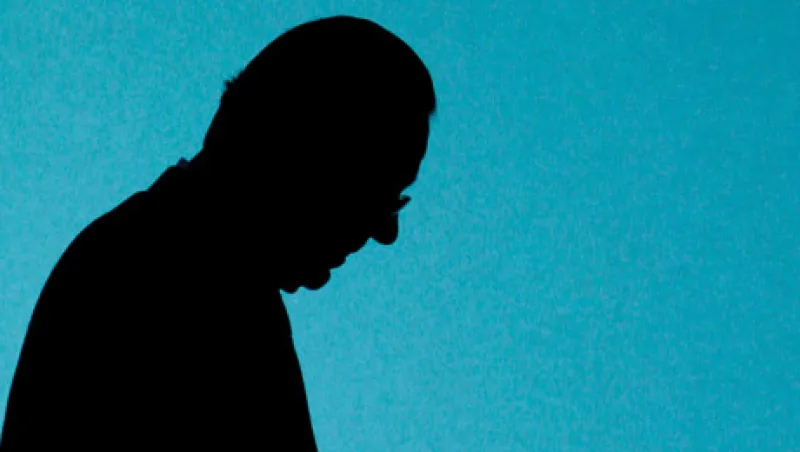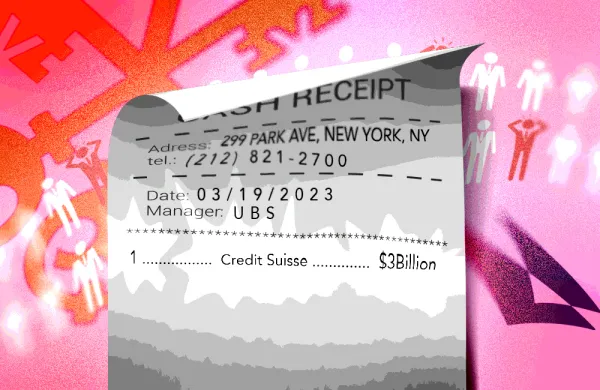Swiss banking giant UBS shocked investors and staff in September when it made public an unauthorized trading incident that forced it to take a write-down of Sf1.9 billion ($2.17 billion). UBS had revamped the risk controls in its fixed-income division following subprime losses of $50 billion during 2008 and 2009. The loss on its Delta One trading desk, part of the equities unit, came as a shock to investors, but risk consultants and rival traders were less surprised.
“Banks put young people under huge pressure to perform, and when it goes wrong, their instinct is to hide their losses — from peers and from management,” says a former UBS trader, who declined to be named.
Kweku Adoboli, a 31-year-old director at the bank, was arrested in connection with the loss and is currently out on bail. Meanwhile, UBS has launched an internal investigation into the rogue trading, which sparked the resignation of the bank’s embattled chief executive officer, Oswald Grübel, 67. Separately, the venerable bank has accepted the resignations of its co-heads of global equities, Yassine Bouhara and François Gouws, who stepped down because the losses happened on their watch. UBS said at its October 25 third-quarter-results presentation that it is considering further disciplinary action against other, unnamed individuals.
The loss is shocking to industry outsiders because investment banks vowed to improve their risk management systems following the financial crisis. In 2008 the Institute of International Finance, the trade body for the banking industry, led by Josef Ackermann, chief executive officer of Deutsche Bank, said in a report on market best practices that “cultivation of a consistent ‘risk culture’ throughout firms is the most important element in risk management.”
Cindy Levy, who leads the risk and finance industries practice at McKinsey & Co. in London, says more banks have been seeking advice from the consulting firm. “There’s been huge interest from almost every financial institution to review and improve their risk management processes since the global financial crisis,” she says. “There are very big differences between investment banks in the quality of their risk responses.”
Levy was one of the authors of a 2010 McKinsey research paper that warned of the dangers of too narrow a focus on risk. “This focus has led to risk culture being seen as too difficult to grasp,” she says, “and so, within the broader context of efforts to improve understanding and management of risk, it has been essentially ignored.”
The largest and most formidable investment banks are known for their numerous and varied trading desks, and all those competing operations create challenges for sharing information about risk. “At times, intense internal competition dampens risk culture and can sometimes trump firmwide risk vigilance,” Levy says.
The tendency for banks to employ the phrase “rogue trader” to explain away risk lapses is typical of an industry that thrives on risk-taking. Explains one trader at a U.S. bank: “When traders rack up huge authorized losses, it suits banks to blame the trader. They never blame the culture that created the incident.”
On the day it published its third-quarter results, UBS said in a statement that it had identified “control deficiencies” in its risk management operations. During a lively question-and-answer session at the October 25 presentation, the bank’s interim chief executive officer, Sergio Ermotti, brushed aside a question about whether the company had lessons to learn from the incident.
One of the more unsettling aspects of the UBS scandal for the industry as a whole is that the bank has adhered to regulatory reforms aimed at preventing a repeat of the global financial crisis. The postcrisis regulatory landscape has been defined by reform of bankers’ pay packages to ensure that bonuses can be clawed back in the event of malpractice, and a move to curb banks’ ability to bet their own capital — the practice known as proprietary trading. UBS has no proprietary trading activities and was one of the first financial firms to introduce clawback to its pay structure.
This earnings season has seen banks’ profits suffer more than at any time since the financial crisis. “A look at the exposure of banks to sovereign debt is a fair rule of thumb for the progress that needs to be made in improving risk management,” says McKinsey’s Levy.






